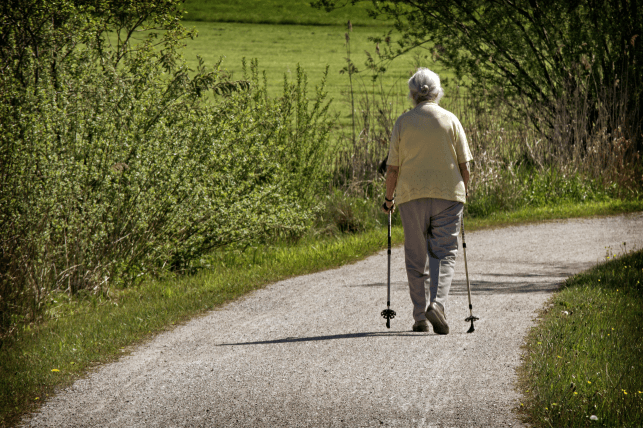
There Is Life After Stroke
Dee Bustos
Senior Caregiving
Apr 29, 2022
5 min read
DEAR VANESSA,
My husband had a stroke and now has difficulty moving one side of his body. He has communication and minor swallowing problems. I need advice on how I can better take care of him at home and what changes we need to make to prevent another stroke. Thank you.
- LESLIE
DEAR LESLIE,
You are an important member of your husband’s rehabilitation team. Learn techniques to enhance safety and communication, but keep in mind how important it is to foster his sense of self-esteem. Always treat him as an adult, not as a child. Speak slowly and distinctly, and ask questions that can be answered by yes or no while providing a calm environment with minimal distraction. Maintain eye contact when conversing with him, and use gestures to match simple verbal messages. Use touch to increase attention. Try to anticipate his needs, and provide a call signal within reach of his unaffected hand. Position his bed so his guests and therapists can approach and give care from the unaffected side, and place his personal items and reading materials on the unaffected side. Keep side rails up on the affected side to ensure that his affected body parts are safely positioned. Safety measures to prevent falls are essential; he will need mobility aids (wheelchair, walker, or cane). Assist him in doing range-of-motion exercises as prescribed by his therapist. Make sure he wears nonskid shoes. You may need to modify your home environment to prevent accidents.
Your goal is to help your husband accomplish activities of daily living and to be as independent as possible. When feeding him, position him with his head elevated and turned to the unaffected side. Provide foods that are easier to swallow (soft or pureed foods). Use a training cup or feeding syringe as necessary, and inspect his mouth for food trapped in cheek pockets. Encourage him to feed himself; provide self-help devices as needed. Praise and reinforce his successful efforts and gains in self-care. To reduce tension, give him an occasional massage. Play his favorite songs, and visit places that are important to him. Daily walks are therapeutic.
Lifestyle changes and medical interventions can help prevent a recurrent stroke. Your husband’s doctor can give a more individualized care plan. Your husband has to do the following: if he smokes, he needs to stop (smoking doubles the risk for another stroke); limit his alcohol consumption (drinking more than 2 drinks per day may increase stroke risk by 50 percent); manage his blood pressure and cholesterol levels; eat a healthy diet that is low in calories, saturated fats, trans-fats and cholesterol; and exercise five or more times per week. Know the warning signs of stroke, and make sure that he follows his doctor’s and pharmacist’s orders. Caring for a stroke patient poses a high risk for caregiver stress. Get respite. Join a support group. Taking care of yourself is equally as important.
- VANESSA
Disclaimer: The information provided is intended to be informative and educational and is not a replacement for professional medical evaluation, diagnosis or treatment by a healthcare professional.
Ask Vanessa: Understanding the Aging Process

Health Insurance Provides Important Financial Protection




